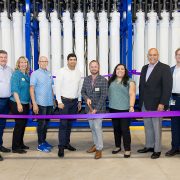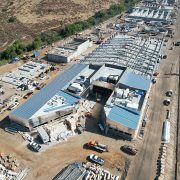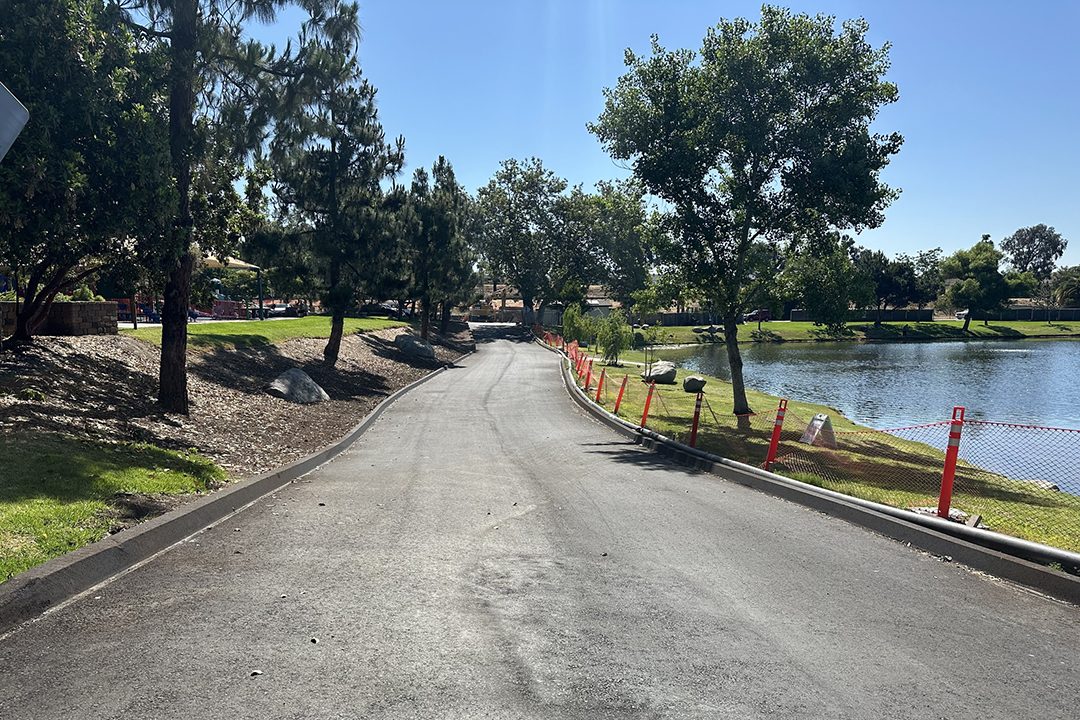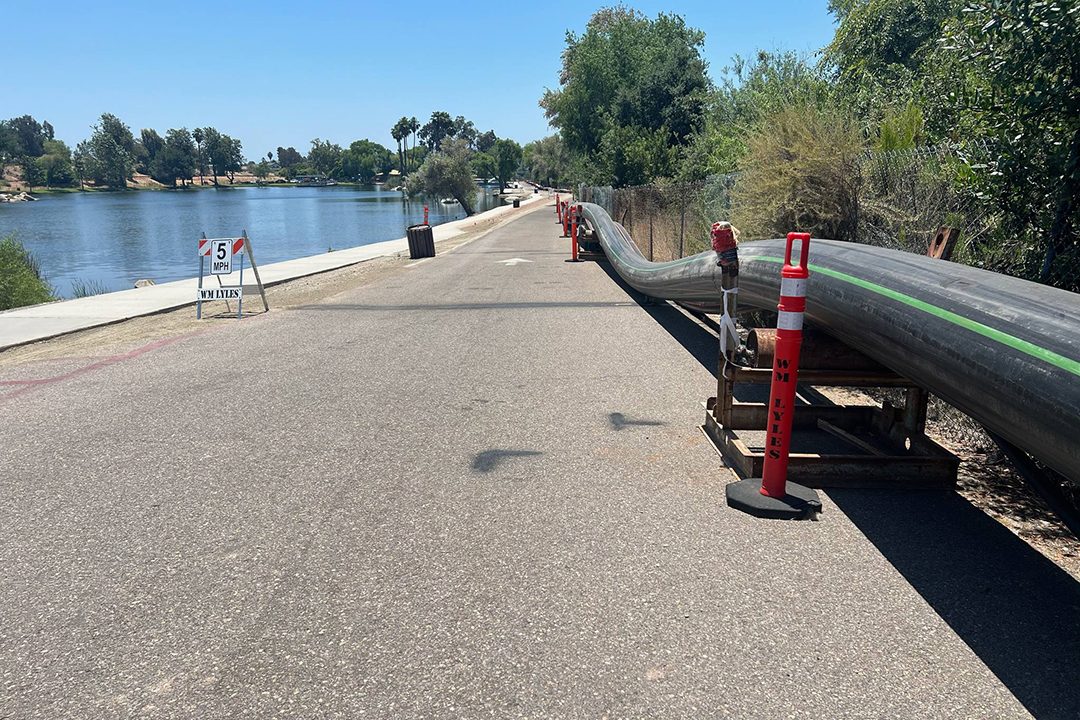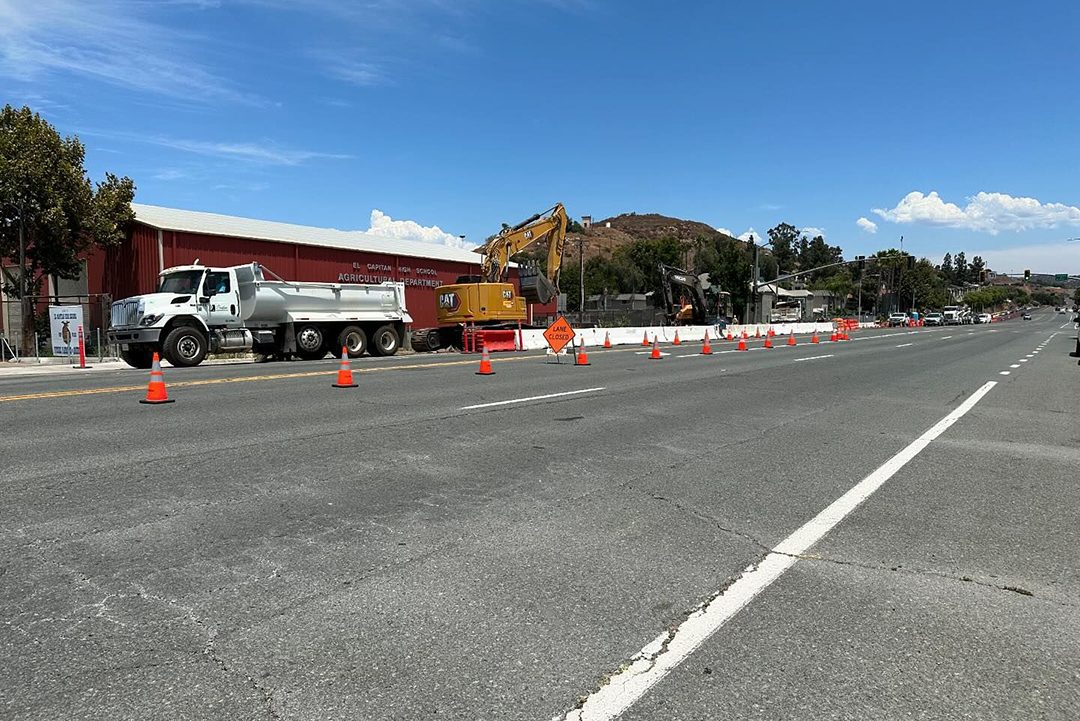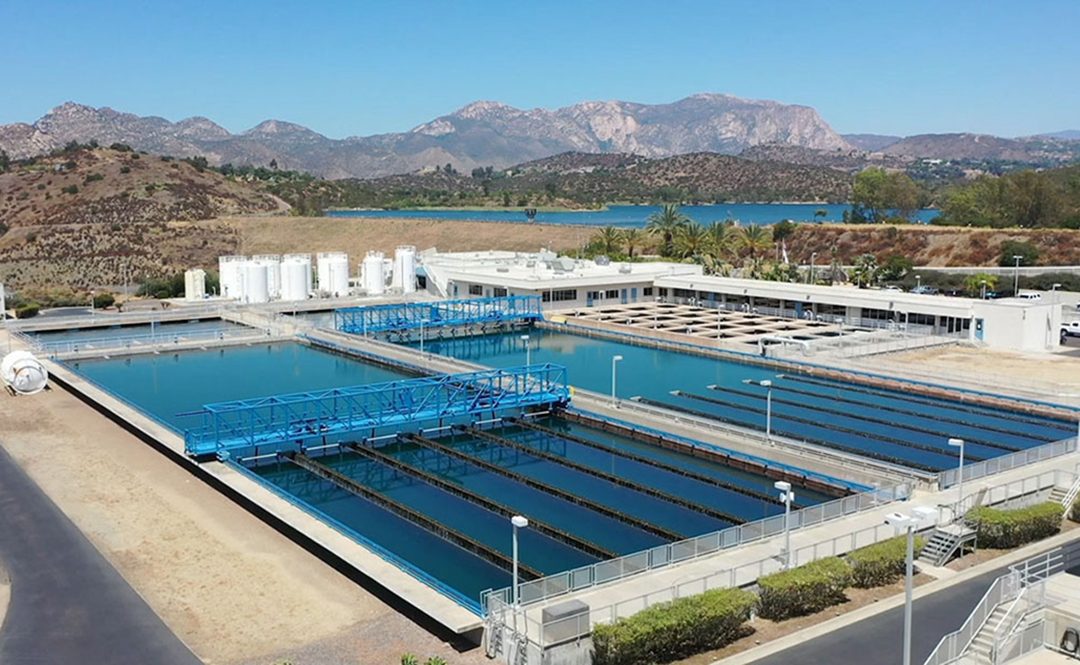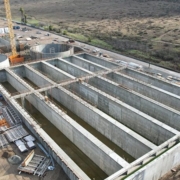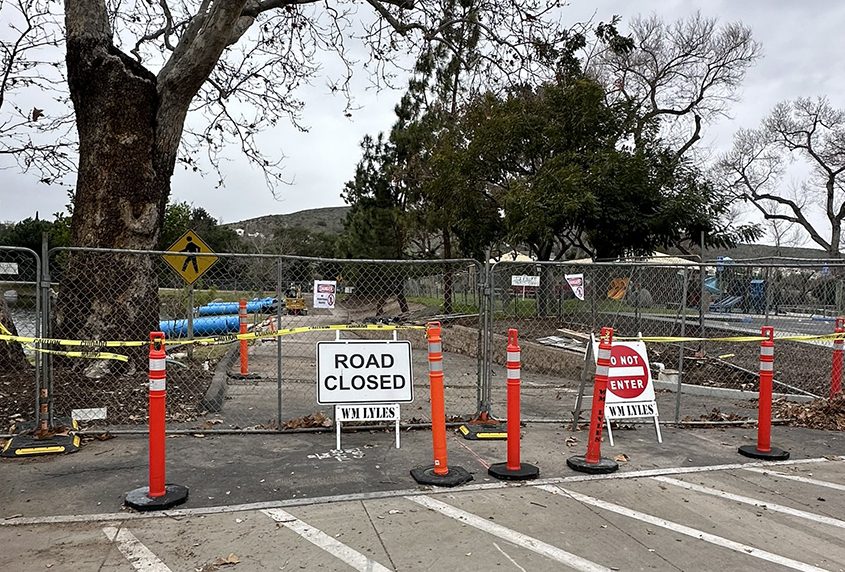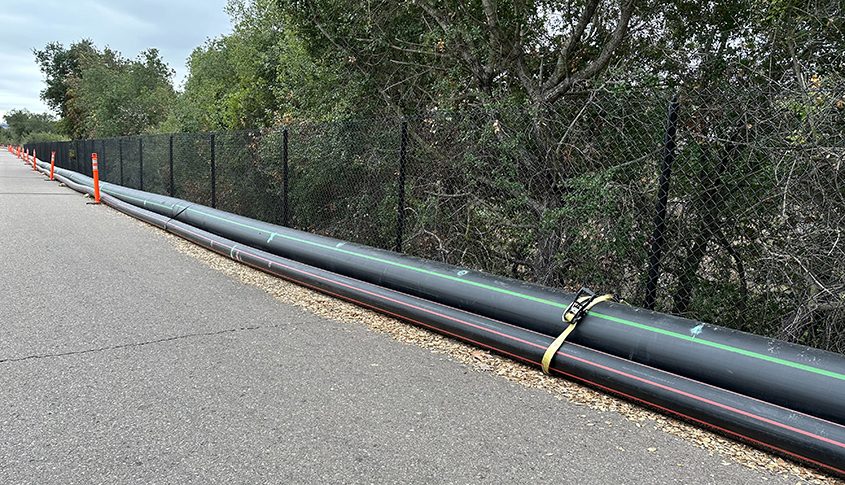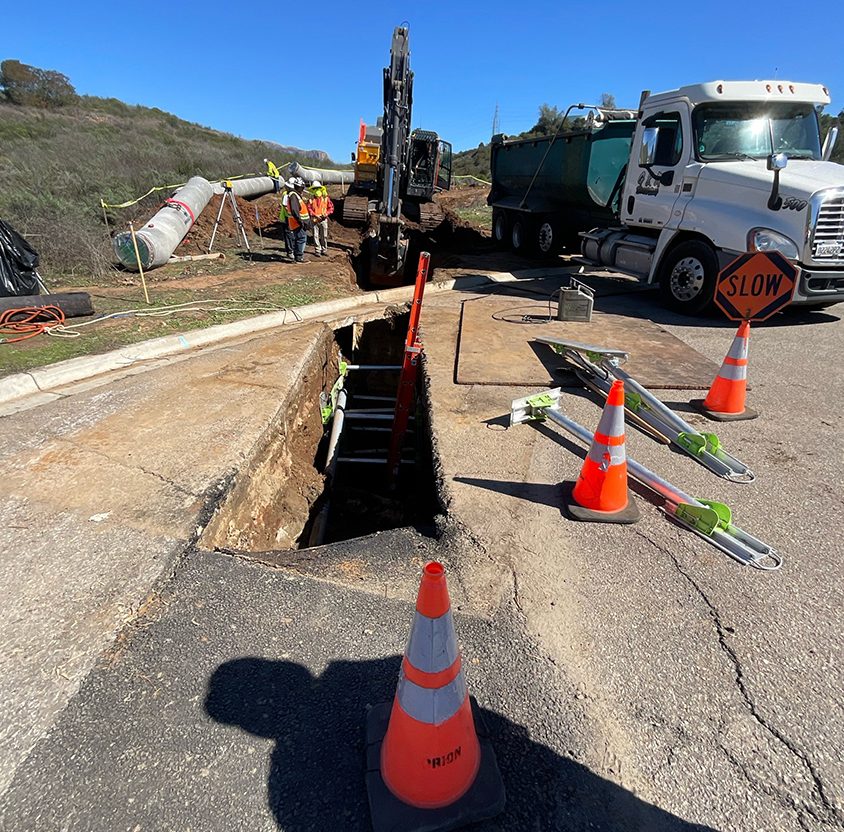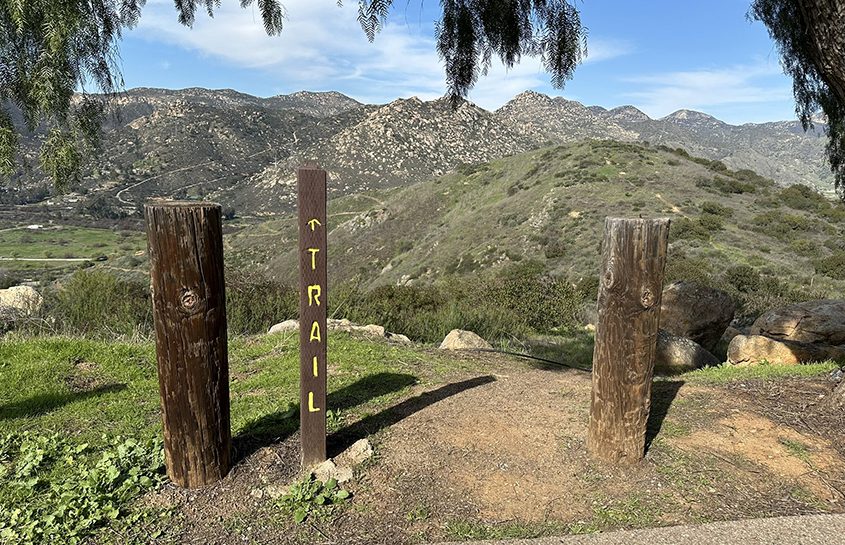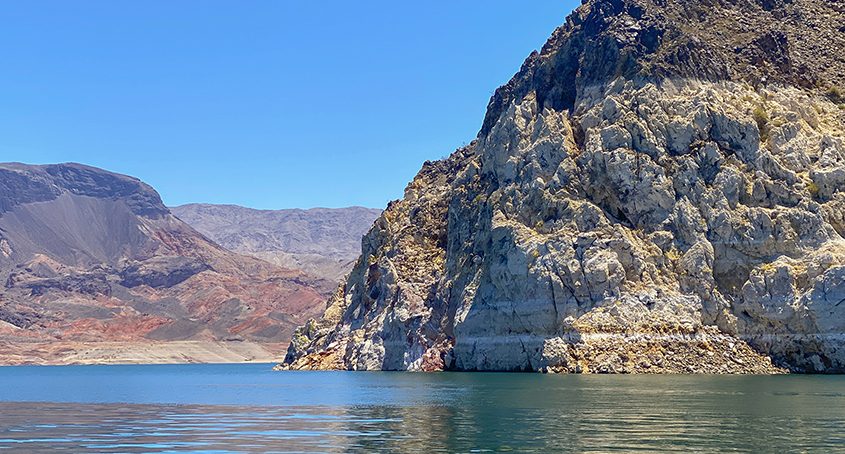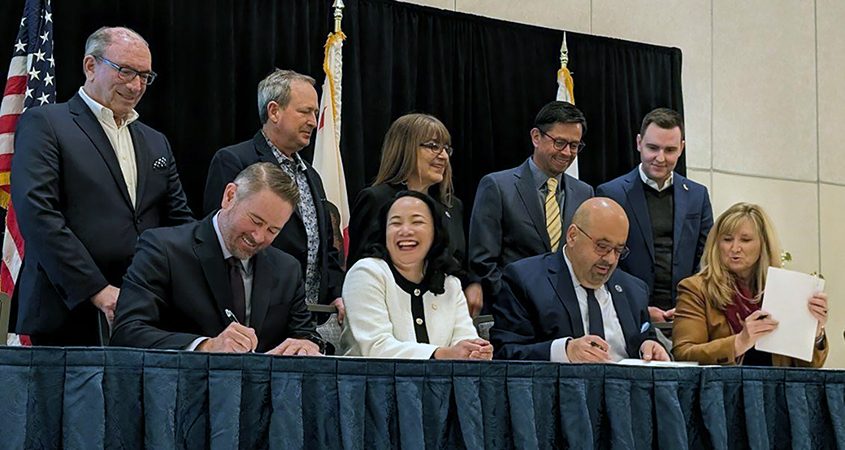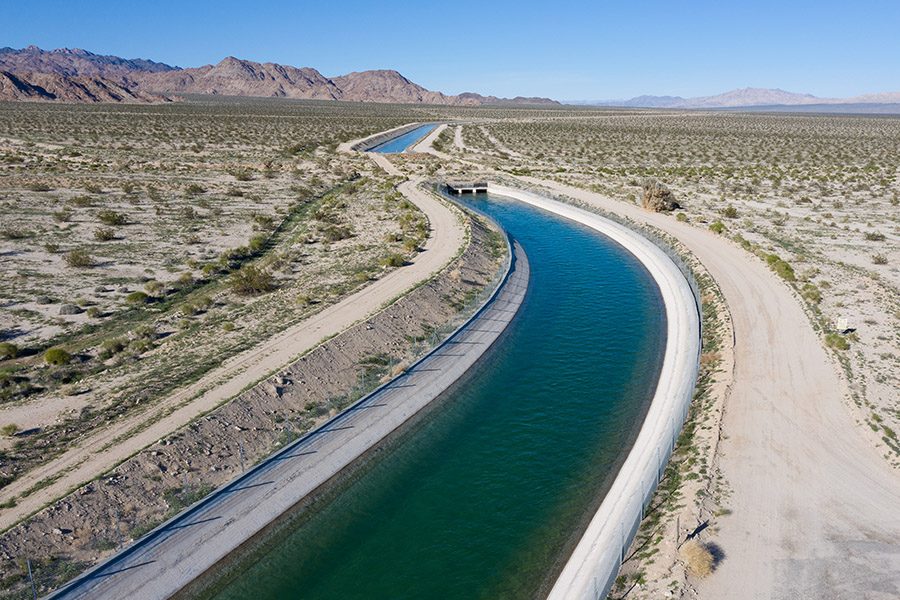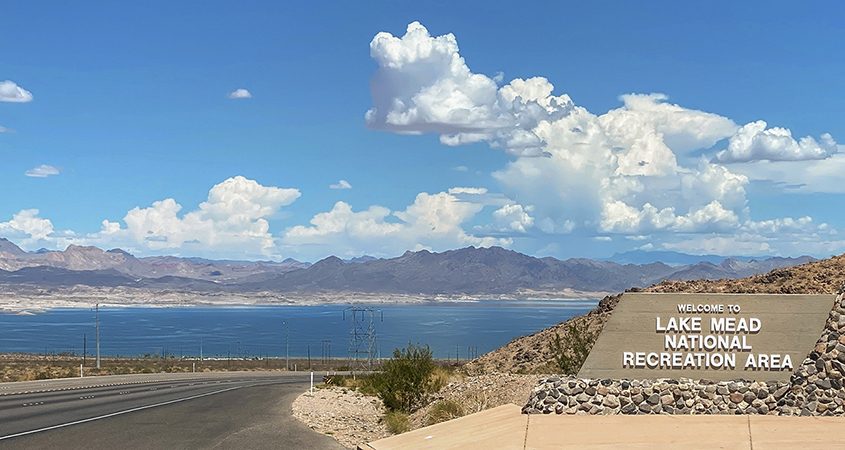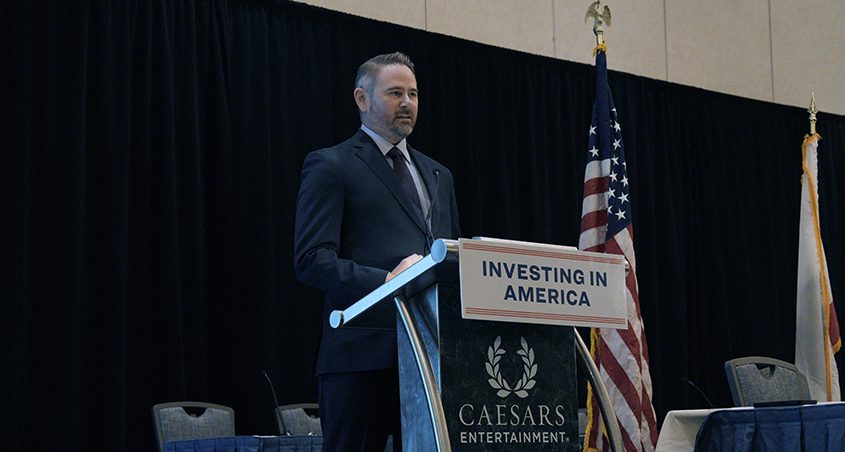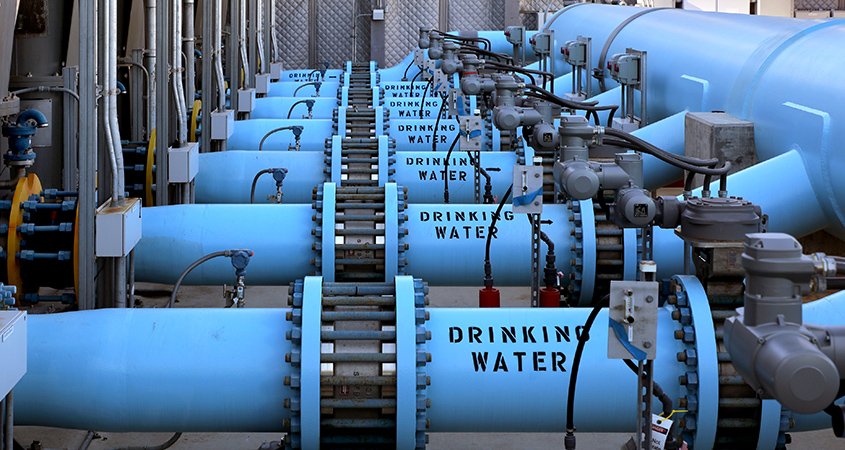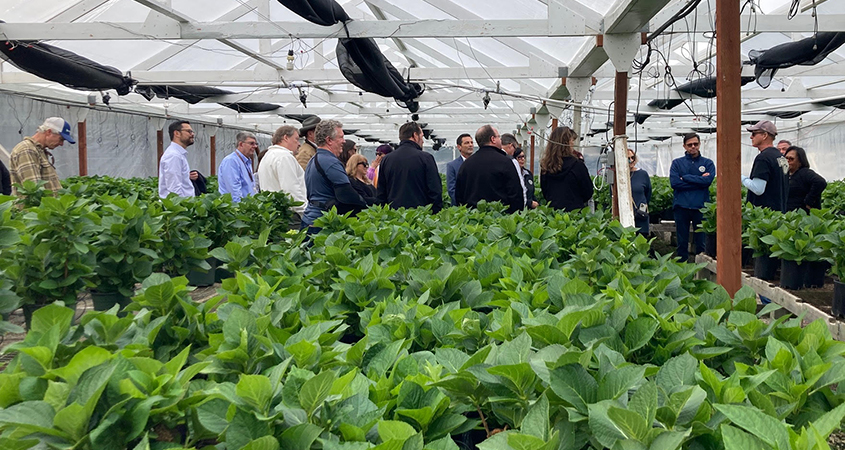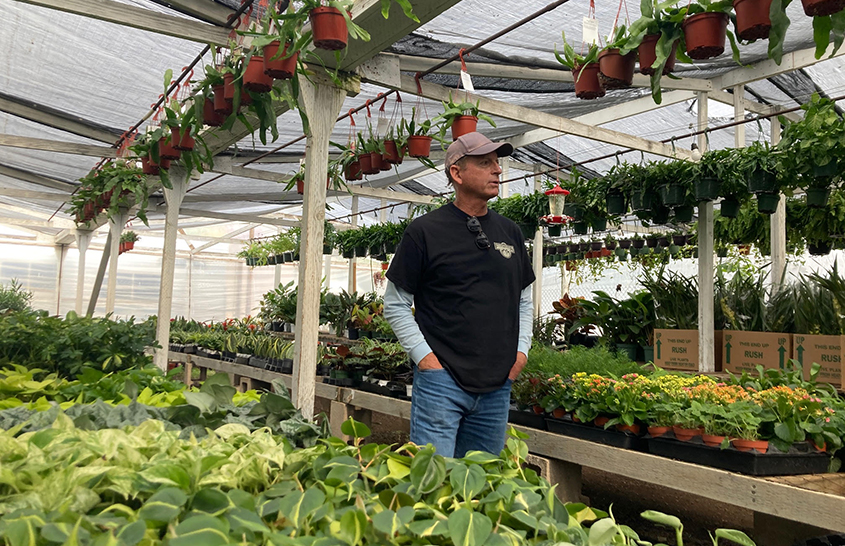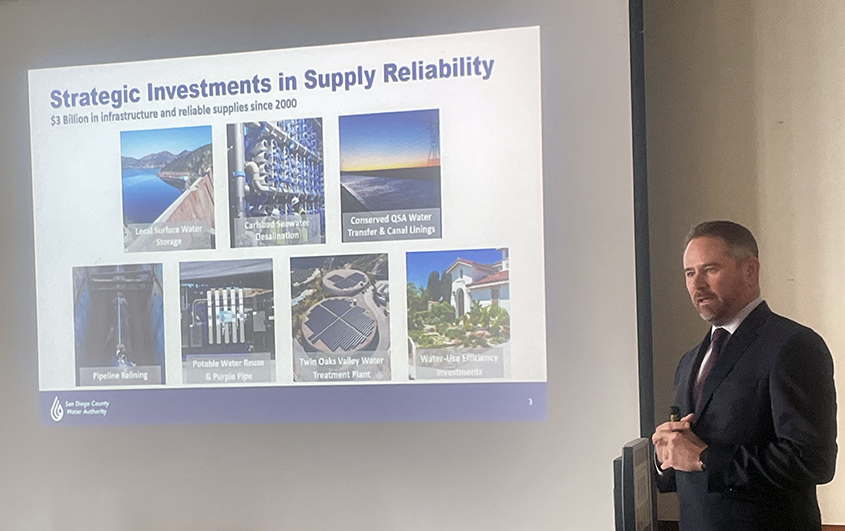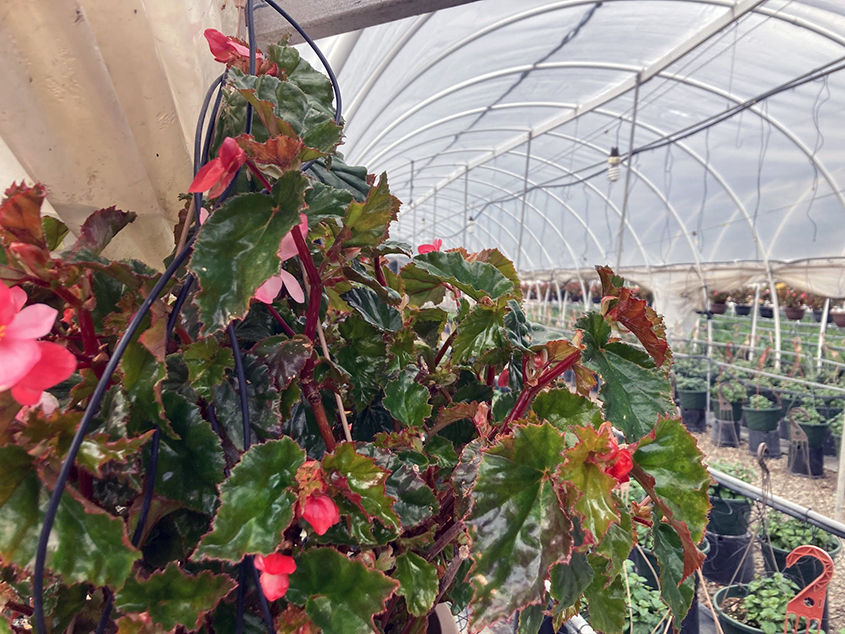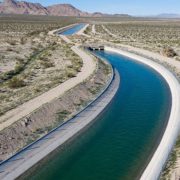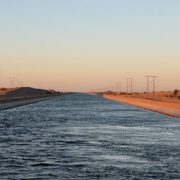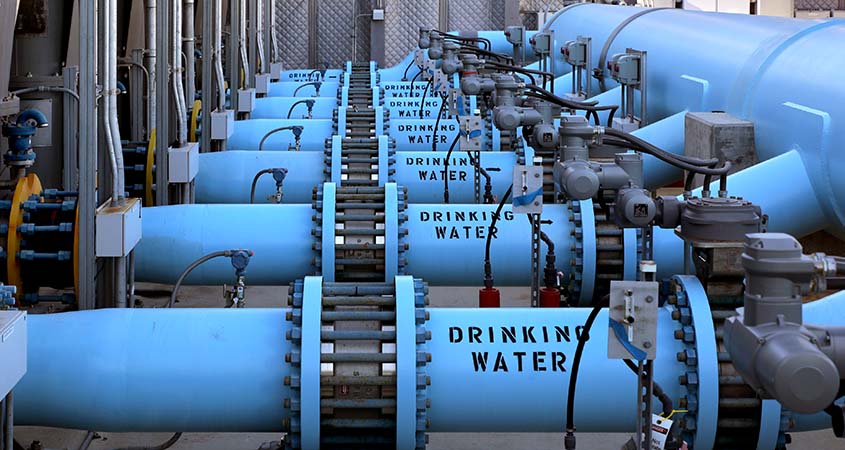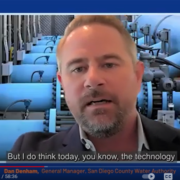New Escondido Water Reuse Plant Supports Area Farmers
The City of Escondido achieved an important milestone in its efforts to create a high-quality alternative water source to support its local agricultural growers in August.
The city and its partners, including the Filanc Brown and Caldwell (FBC) Joint Venture, dedicated the newly completed water reuse treatment plant at an August 28 event. The AgX Membrane Filtration Reverse Osmosis Facility for Agriculture (MFRO Facility) is a first-of-its-kind facility producing water for agricultural use in California.
The new $65 million facility completed construction in November 2023.
Lowering costs, increasing water supply resilience
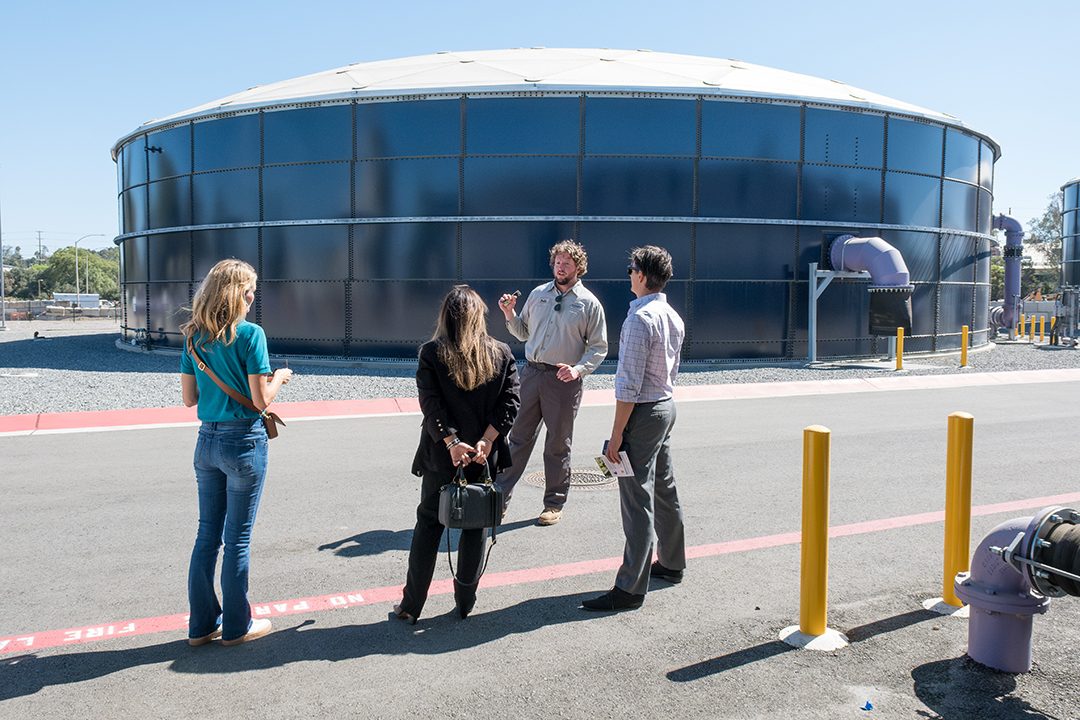
The exterior of the new AgX Membrane Filtration Reverse Osmosis Facility for Agriculture (MFRO Facility), a first-of-its-kind facility producing water for agricultural use in California. Photo: City of Escondido
The AgX MFRO Facility takes water redirected from an ocean outfall, which was reaching capacity and would have cost hundreds of millions of dollars to upsize. Water is now redirected to the MFRO Facility and treated for beneficial reuse by producing water with salinity (salt) levels ideal for agriculture, such as avocado growers.
Farmers benefit from paying lower water rates. With agricultural water use shifted to this new supply, potable water the farmers previously used is now available for other users, increasing local water resiliency.
This project is a rare win-win water solution for augmenting supply while alleviating demand. In an era of water scarcity, it provides a sustainable, local supply and a cost-effective alternative to potable water.
“This is an important milestone for Escondido’s recycled water system,” said Angela Morrow, City of Escondido Director of Utilities. “The MFRO Facility will provide a reliable, affordable, and high-quality water supply to our agricultural community for generations to come while beneficially reusing wastewater and reducing our reliance on imported water.”
Escondido water reuse project funded through multiple agreements
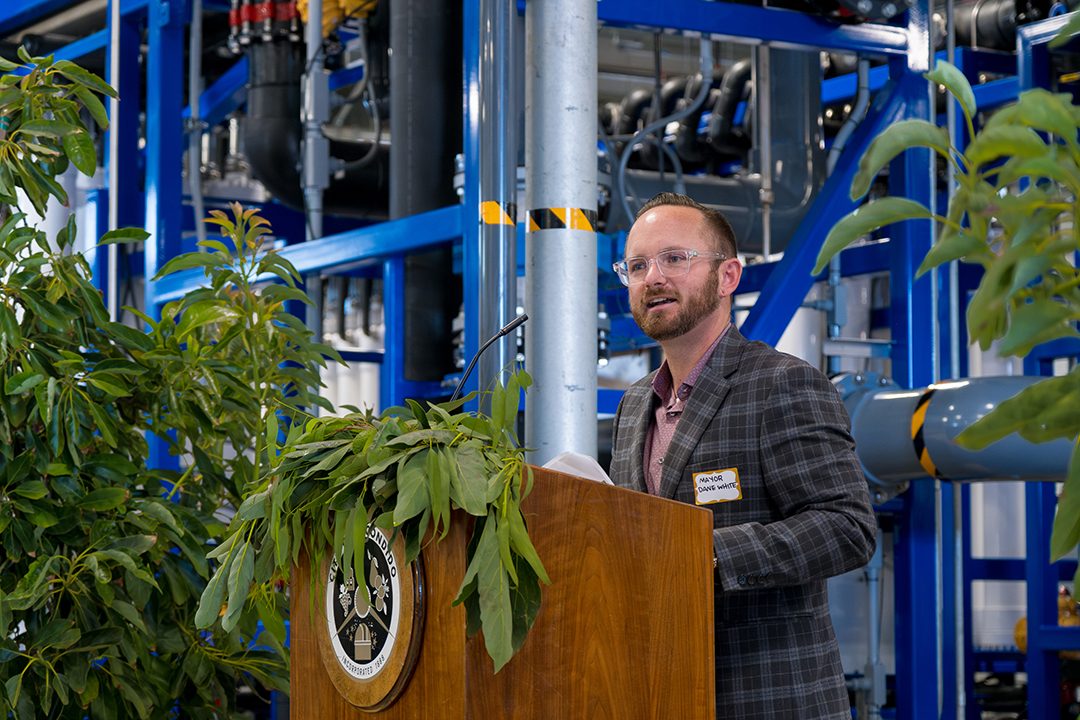
Escondido Mayor Dane White at the ribbon cutting for the new AgX Membrane Filtration Reverse Osmosis Facility for Agriculture (MFRO Facility). Photo: City of Escondido
Funding for this project was provided in full or in part through an agreement with the State Water Resources Control Board and in part through agreements with the United States Department of the Interior, Bureau of Reclamation, and State of California, Department of Water Resources.
Headquartered in Escondido, Filanc is an award-winning general engineering and design-build contractor that solely constructs, renovates, and expands water and wastewater treatment, biosolids management, and waste-to-energy facilities throughout the Western United States.
Headquartered in Walnut Creek, California, Brown and Caldwell is a full-service environmental engineering and construction services firm with 50 offices and over 2,100 professionals across North America and the Pacific in operation for 75 years.

